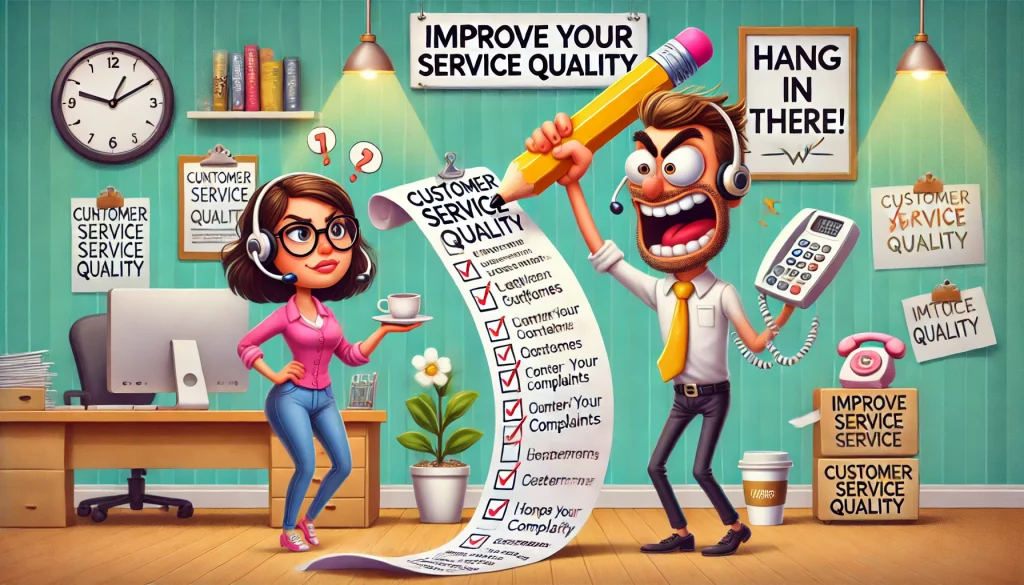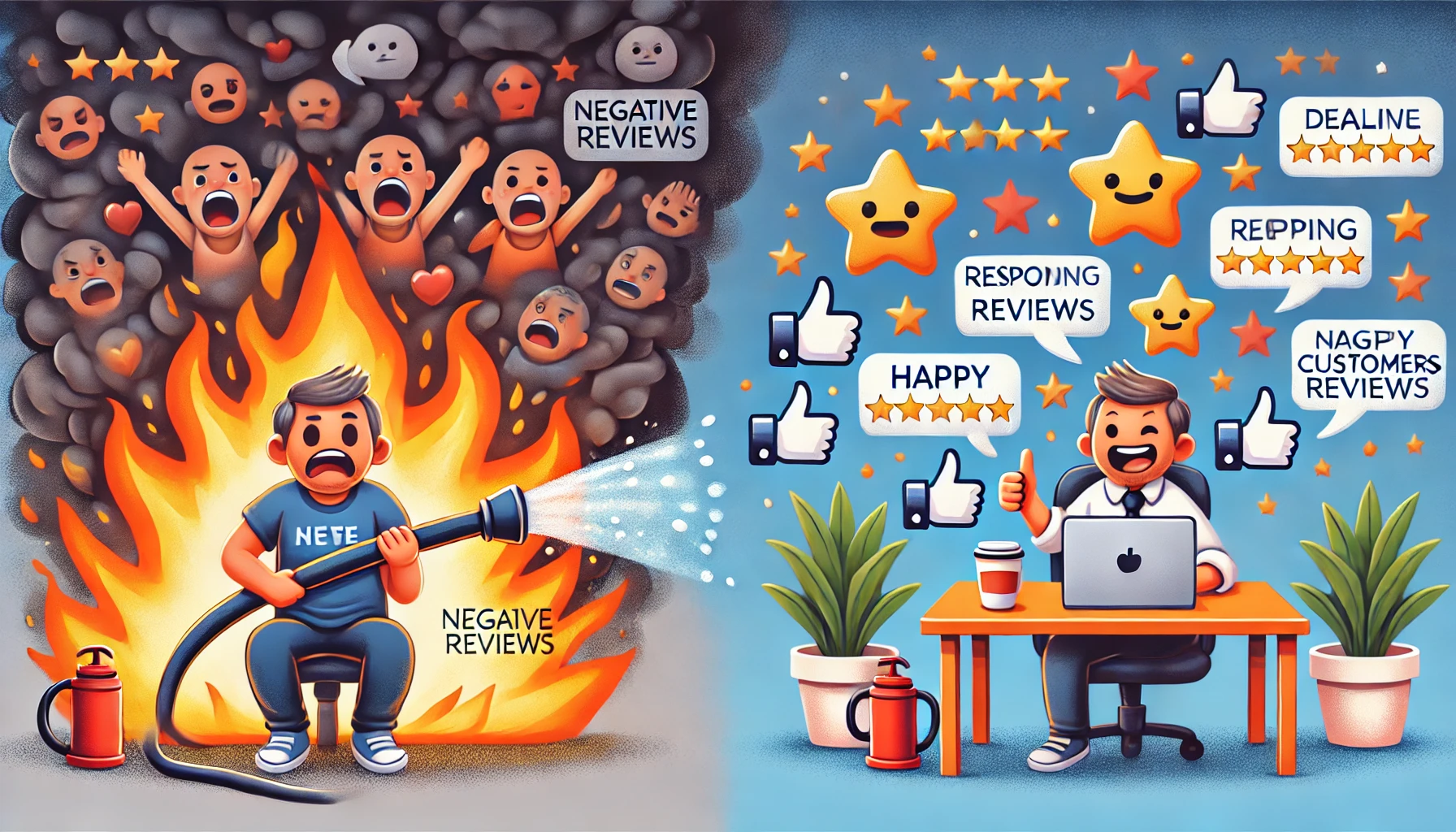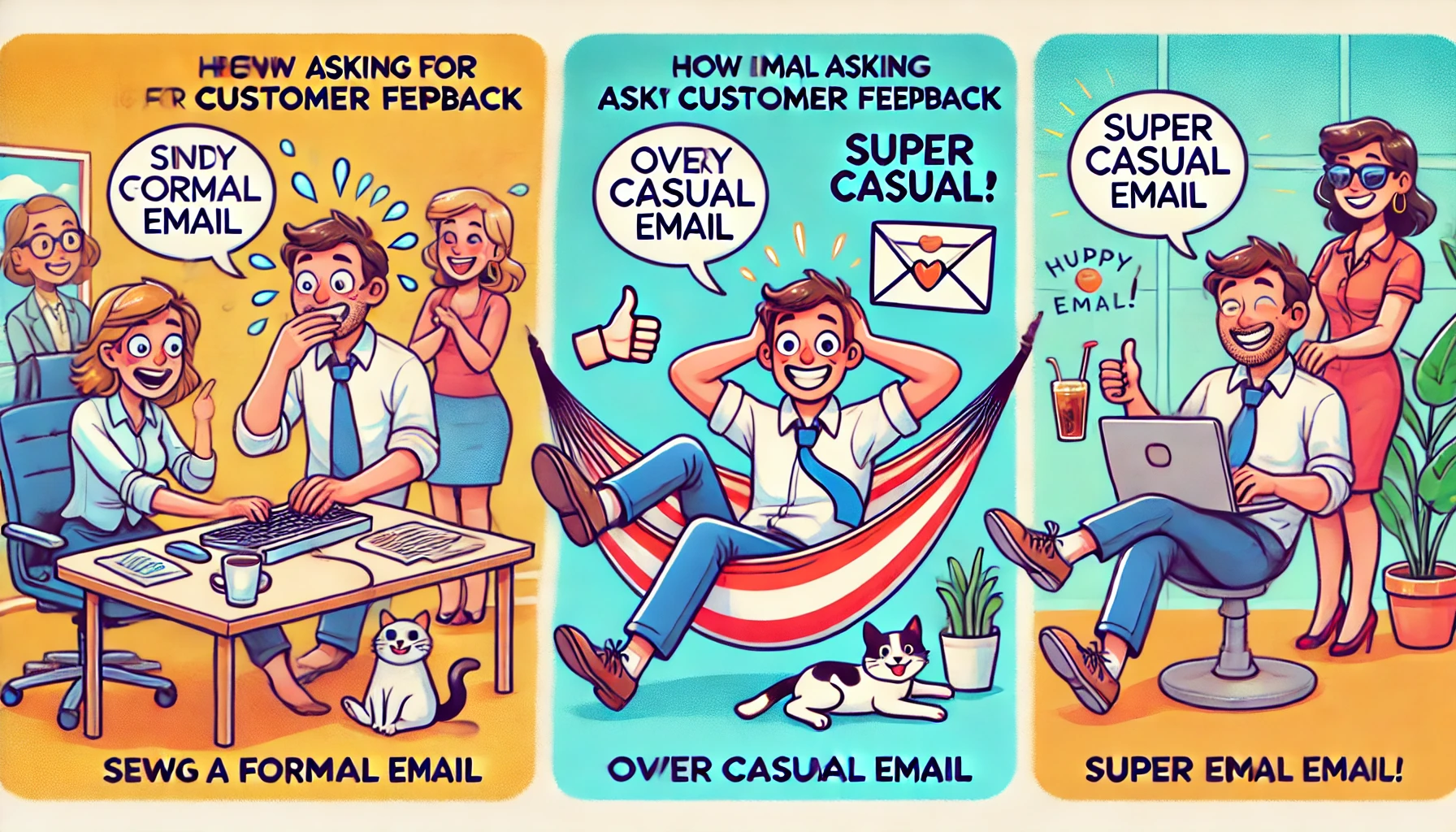How to respond to negative feedback from a customer: improve your service quality

Managing negative customer feedback is a significant challenge, particularly because review platforms maintain stringent criteria for removing reviews. Ordinarily, reviews are removed only if they breach specific terms, and this action is exclusively at the discretion of the review site itself.
The process to request the removal of a review can be lengthy and there’s no assured success. If you find yourself puzzled about how to manage a customer’s negative feedback, this guide will navigate you through effective strategies.
Address the issue directly
Handling negative feedback effectively requires direct engagement and a timely response:
Respond promptly and positively: Quick responses signal to customers that their concerns are both acknowledged and valued. Research indicates that 89% of consumers read businesses’ responses to reviews, highlighting the importance of timeliness and tone in your replies.
Be sincere and respectful: Display honesty and gratitude in your responses. Sincerity can help build trust and mitigate any potential hostility from the customer.
Correct misinformation diplomatically: If the feedback contains inaccuracies, correct them gently without appearing defensive. Maintaining a professional tone while addressing misconceptions can preserve the integrity of your response.
Embrace the learning opportunity: Use every piece of feedback as a chance to refine and enhance your services or products. Negative feedback, when addressed correctly, can be a powerful tool for continuous improvement.
Importance of online reputation management
Understanding the critical nature of online reputation management is pivotal. A well-managed online presence can significantly influence consumer decisions, with 87% of consumers reading online reviews for local businesses in 2021—up from 81% in 2020.
Your online reputation directly impacts your business’s credibility and customer trust.

Effective strategies for responding to negative feedback
Here are some practical strategies for managing negative feedback:
Engage in dialogue
If the reviewer is a verified customer, opening a conversation to address their concerns can promote resolution and potentially convert dissatisfaction into loyalty. Engaging privately or publicly shows a willingness to resolve issues.
Maintain professionalism
Appearing defensive or accusatory can seem unprofessional. Keep your tone calm and constructive, using each interaction as an opportunity for public relations rather than confrontation.
Value constructive criticism
View negative reviews as constructive feedback. They offer direct insights into how your business operations can be improved, providing a valuable tool for business development.
Express appreciation
Let your customers know that their feedback is invaluable. Acknowledge the effort they took to provide it, with 52% of people globally believing that companies need to take action on feedback provided by their customers.
Document improvements
If immediate remedies have been implemented, share these actions in your response. If longer-term solutions are planned, outline these to demonstrate commitment to enhancement. Showing that you’re actively improving based on feedback can help rebuild trust.
The role of body language in feedback
Feedback is not always verbal; it can often be deduced from body language, tone of voice, or subtle cues in written communication, such as enthusiasm or frustration.
Recognizing these deeper customer sentiments that might not be expressed directly allows for a more nuanced response.

Additional tips for handling negative feedback
Here are more advanced strategies for managing feedback effectively:
Personalize your communication
Use personal pronouns and identify responders by name to make interactions seem more personal and less corporate. Personalized responses show that you’re addressing the specific concerns of the customer rather than offering a generic reply.
Reflect company values
Use feedback as an opportunity to reinforce the values your company stands for, especially if a review contradicts these values. Reiterating your commitment to these principles can strengthen your brand identity.
Acknowledge mixed feedback
Recognizing the positive aspects of mixed reviews demonstrates a balanced approach and shows appreciation for the positive while committing to improve the negative. This approach can also help to soften the impact of criticism.
Incentivize revisits
Offering a discount or freebie can transform a negative experience into a positive future interaction. This gesture not only addresses the issue but also invites the customer back, giving them a reason to reconsider their opinion.
Assume responsibility
Adopting a stance of full accountability can foster trust and respect from customers, enhancing your brand’s reputation. Owning up to mistakes and showing a commitment to making things right can turn a negative situation into a positive one.
Structured feedback management
Develop and use a structured plan to manage feedback effectively, demonstrating a proactive approach to continual improvement. Regularly reviewing feedback and incorporating it into business strategies can help maintain a positive online presence.

Expert opinions on how to respond to negative customer reviews
Emily Johnson, Brand reputation manager: “Swift and empathetic responses are crucial in managing negative feedback. A delayed or indifferent reply can exacerbate the situation, damaging your brand’s reputation. Train your customer service representatives to respond quickly and empathetically, addressing the customer’s emotions and concerns. This approach can defuse tension and demonstrate your company’s dedication to customer satisfaction.”
Lucas Green, Quality assurance director: “Implementing a feedback loop is essential for improving service quality. Encourage customers to provide feedback regularly and create a system to track and analyze this data. Use the insights gained to make informed decisions and adjustments to your service processes. This proactive approach helps to prevent issues before they arise and shows customers that their feedback is valued and acted upon.”
Olivia Brown, Consumer behavior analyst: “Understanding the root cause of negative feedback is vital. Often, a complaint is a symptom of a deeper issue within your service delivery. Conduct thorough investigations into the feedback received to uncover underlying problems. Addressing these root causes can lead to significant improvements in service quality and reduce the likelihood of similar feedback in the future.”

 5 min
5 min 







